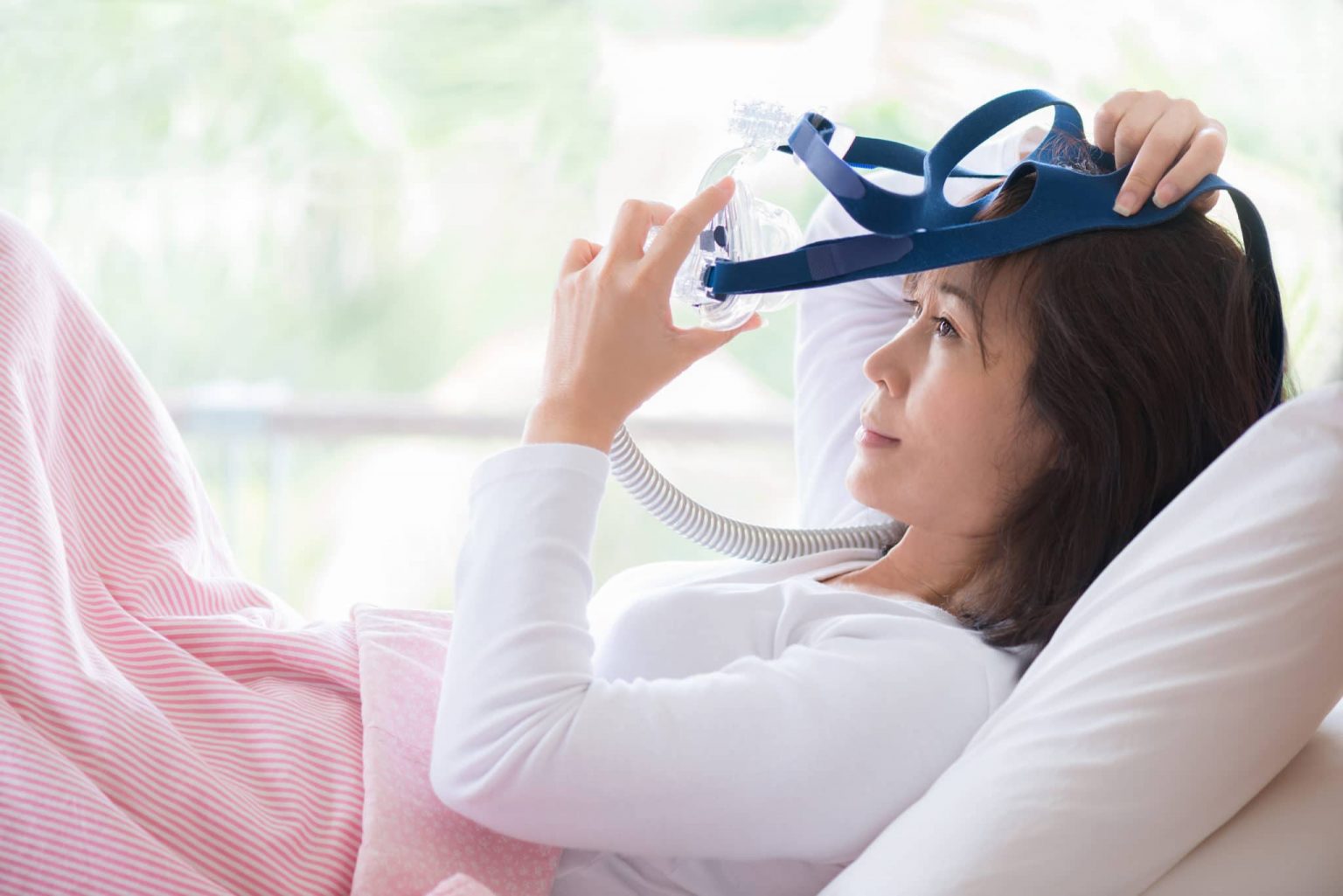Sleep apnea is a disorder in which breathing is interrupted periodically throughout the night. These pauses or gaps in breathing may be accompanied by choking or gasping but rarely awaken the sleeping individual. An estimated 18 million Americans suffer from sleep apnea, many of them unaware of their condition.
What Causes Sleep Apnea?
There are two main types of sleep apnea: obstructive and central. Obstructive sleep apnea occurs when the throat muscles relax and droop during sleep, blocking the airway and causing breathing difficulty. It is by far the most common form of the disorder. Central sleep apnea is the result of the brain failing to properly control breathing during sleep; this is far less common than obstructive sleep apnea.
The main sign of sleep apnea is chronic, loud snoring. Symptoms include daytime drowsiness, lack of concentration, memory loss, irritability and depression. You may experience frequent morning headaches and sore throats and wake up with a dry mouth.
Those who are male, overweight and older than the age of 40 are most at risk, though sleep apnea can—and does—affect people of both sexes and all ages. Other factors that can contribute to sleep apnea include natural aging, excessive or bulky throat tissue, large soft palate or uvula, small jaw, large neck and oversized tonsils or adenoids. Allergies, sinus infections, tobacco use and alcohol all may play a role as well.
What Are the Most Common Sleep Apnea Treatments?
Continuous Positive Airway Pressure (CPAP)

The most standard type of treatment for obstructive sleep apnea is the CPAP (continuous positive airway pressure) device. This machine utilizes a face or nasal mask connected to a pump, which provides a positive flow of air powerful enough to keep your airway passage open. The device must be worn every night to be effective.
While some find it inconvenient and uncomfortable, the results are typically instantaneous and worth the discomfort. Both machines and masks are available in a variety of styles and sizes, which can be geared toward your individual needs. Some people benefit from a nasal mask that covers the nose, while others require a full-face mask that covers both the nose and mouth.
Nasal pillows, consisting of soft silicone tubes that are placed directly in the nostrils, are another popular option. An optional humidifier can help prevent nasal irritation and drainage by providing a steady flow of heated and moisturized air.
A number of alternative CPAP devices are available. Auto-titrating positive airway pressure (APAP) automatically increases or decreases air pressure throughout the night as needed. Bi-level positive airway pressure (BPAP) devices increase the pressure level when the wearer breathes in and decrease it when they breathe out. These machines often help individuals who have trouble with the basic CPAP device.
Oral Appliances
For some patients with mild sleep apnea, an oral appliance can be used to treat sleep apnea. This is a special device that you place inside your mouth like a retainer or mouth guard that helps to keep the tongue and jaw from collapsing backward and blocking your airway. Oral appliances are usually obtained from a dentist and are made specifically for you to fit your jaw and teeth appropriately.
Call St. Cloud Ear, Nose & Throat for more information or to schedule an appointment. (320) 252-0233